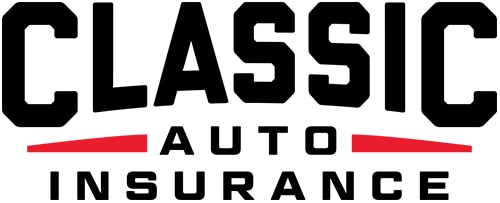The license plate of this 1932 Highboy reads “Nailed” as a reference to the Ross 401 Buick Nailhead racing engine that gives it life – and also perhaps as a statement of how on-point the design of history’s most popular hot rod is. Eric the owner enlists the help of Reisinger Custom Rebuilding in Evansville, Indiana to custom-build this black beauty, which captures all the majesty and minimalism of the Highboy car era.
The Proud High Boy Name
Looking at the ’32 Highboy, you can easily see why the vehicle gets the name. It sits reverently high above the road, higher than others of its class. This is because most other vehicles with a body-on-frame construction of the period feature a modification called channeling, which causes them to sit lower to the ground and appear larger. But not the Highboys. They stand tall and proud. “I love it,” says interviewer John Pitz, “and you did nail it. Everything on this is just right.” The build takes two and a half years.
The Blessing of a Steel Body
Eric and his custom builders use a modified Brookville steel body frame on his Highboy. Interestingly, before the ’32 Highboy most Ford Highboys are built on more fragile wooden frames with metal exteriors stamped to them. The new steel interior vastly improves the structural integrity of the vehicle and prevents wear, tear and decay from dry rot, termites and other acts of nature. The 1932 Highboy could take a much more severe beating than any roadster before it. As an added benefit, the durability and longer lifespan means greater market availability and lower prices.
The Last of Its Kind
The 1932 Highboy is the first of its kind in many ways and the last of a dying breed, recognizable as an aesthetic of the roaring ’20s come to an end. Its vertical grille tops and doors are never used again in other car designs. Its exterior headlights would be integrated into the fender. Its top would become a clamshell and grow into the body. “It’s been a lot of fun, a heck of a ride building it and designing it and putting it together,” Eric says.
Optimal for Drag Racing
Despite the larger size of vehicles after 1932, the smaller ones remain ideal for racing because they tend to be quicker due to less drag. Designed without running boards, the 1932 Ford is able to lose some weight and lower its wind resistance, giving it even more unique advantages in the racing world. It is small, light and minimalistic, yet it could accommodate V8 motors, and its popularity during this time makes it easy to find parts in junkyards when needed. All of this put together makes it an ideal choice for drag racers.
A 1950’s American Teen Dream
By the 1950s, American teens involved in racing start attracting attention and helping to influence the country’s culture. Eventually, songs about hotrods like the Highboy fill the airwaves on the radio. Drag racing evolves from dry lakes racing, bringing with it its own slang, style and culture. This increase in visibility results in cars such as the 1932 Highboy becoming more and more desirable in the eyes of car collectors, too.
Collector and Classic Car Insurance for Less
Thinking about investing in a roadster, replica or other classic car? Protect your valuable investment for years to come with Classic Auto Insurance. Let us customize a policy to fit your needs. We offer affordable, Agreed Value coverage for a variety of collector, classic and custom vehicles. Our friendly, knowledgeable staff can answer your questions and give you a quote on the spot. Call 888-901-1338 or get an instant quote online and see how we can help safeguard your dream car.





